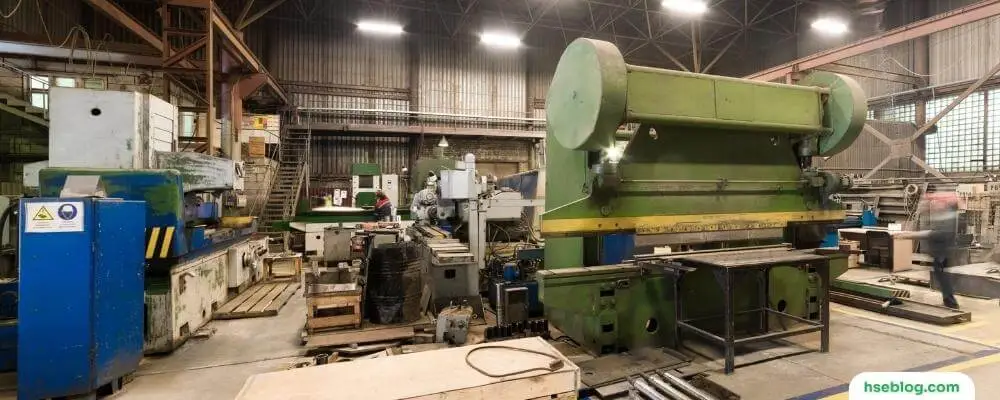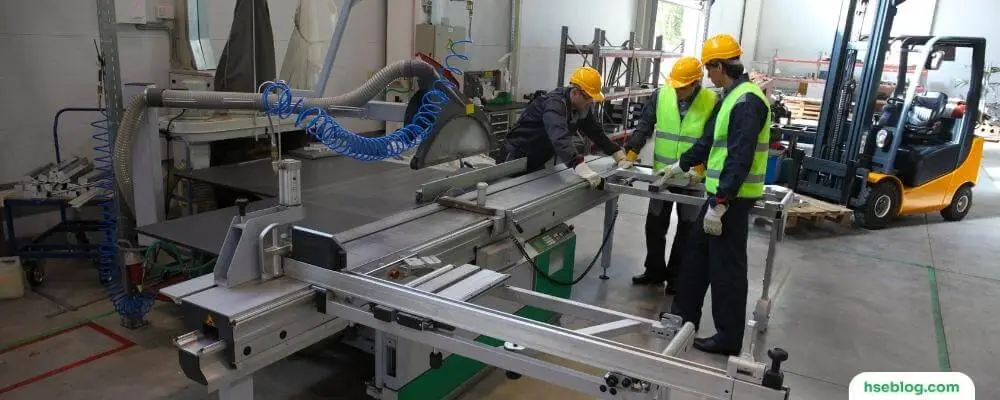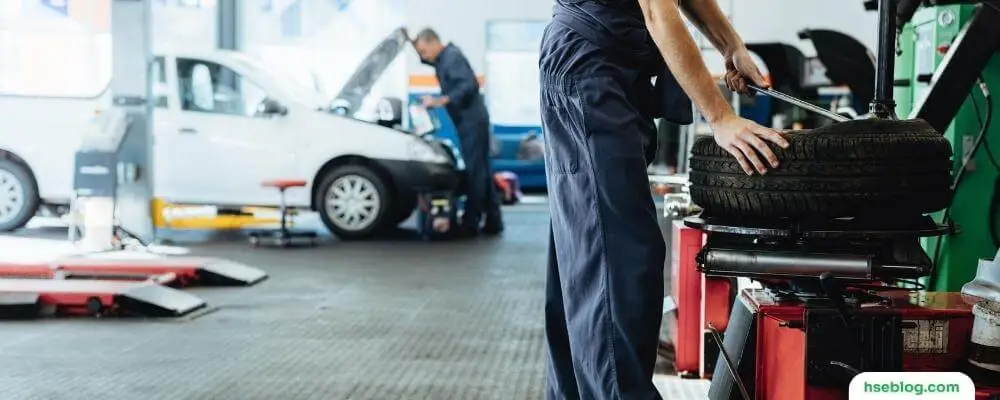Machine shops employ behemoth and complex machinery to mass-produce high-end products, typically operated by manual labor. While these shops ensure that the market’s demands are met, it is equally important to ensure the health and safety of the laborers working in an environment packed with huge moving parts.
While CNC machines, such as the milling machine, are highly efficient, they can get hazardous because of their moving components, high-speed movements, size, and sharpening tools. To ensure that your workforce stays away from harm, you must familiarize yourself with the various risks and safety hazards of running a machine shop.
Risks and Safety Hazards Associated with Machine Shops
Here are some of the most common hazards associated with running CNC machine shops:
1. Amputation Risks
Any machine capable enough to cut through wood, metal, or plastic can easily slice through flesh and bone and pose a high risk of amputations. Components such as shears, saws, power presses, shaping machines, and bending machines can amputate various body parts such as fingers, toes, or entire arms. Therefore, workers must stand safely from moving parts to avoid any accidental contact.

2. Crushes/Pinch Points
Crushes and pinch points often occur when heavy equipment gets dropped accidentally. Workers are also at the risk of getting crushed by malfunctioning equipment or bulky company automobiles. Crushes almost certainly lead to fatalities, which is why they must be averted at all costs.
By educating workers about appropriately lifting and handling equipment, you can avoid calamities caused by crushes and pinch point injuries. You must also provide your labor with heavy-lifting equipment to handle bulky items.
3. Impairment of Eyesight
Vision impairment is one of the most common health risks in a machine shop. It is caused by projectiles like screws, burs, material scraps, or toxic chemical exposure.
Since most machine shops use solvents, caustic chemicals, and cleaning products, all laborers who get exposed to them frequently must be equipped with safety eyewear. Besides, workers using welding machinery must have their vision protected from UV radiation.
4. Deep Cuts and Scratches
Cuts and lacerations often occur when machinists handle equipment without technical expertise, use protective equipment inaccurately, or use equipment with poor maintenance.
However, not all fatalities and injuries in machine shops are caused due to improper handling of equipment. Metal parts and finished products can be razor-sharp and lead to lacerations if handled inappropriately.
All workers that handle machines with moving parts or finished metal components should be provided with safety equipment such as gloves, welding face masks, and more.

5. Inhalation of Toxic Chemicals and Gases
Machine shops often emit hazardous chemicals and gases which can be toxic when inhaled. Inhalation hazards are typically caused by oil mist, chemicals, solvents, metal fumes, and dust.
As an employer, you must safeguard your workers against exposure to toxic waste and gases by giving them protective equipment and keeping the indoor air quality levels in check.
You can install mist collectors, dust collectors, air filters, scrubbers, biofilters, and other pollution-controlling equipment to keep the air at breathable levels and protect your labor from hazardous exposure.
6. Injuries Caused by Repetitive Motion
Despite most health hazards caused by improper equipment handling or toxic air quality, some can also occur due to repetitive motions. Activities such as extended lifting or maintaining a bad posture when operating a machine can lead to repetitive motion injuries.
These injuries significantly affect employee performance and negatively impact their life quality. About 35% of workplace injuries are caused due to repetitive motion, making it critical for employers and laborers to be self-aware when working.
Repetitive motion injuries can occur after performing forceful activities, overusing a group of muscles, or staying in the same posture for a prolonged period. A wise strategy to avoid such injuries is to maintain a fit posture consciously and take enough rest breaks.

7. Electrocutions
Heavy machinery has high electrical load demands, air filters, adequate lighting, and air quality improvement equipment to ensure proper safety and well-being of workers.
Such heavy electrical loads consumed by machines can get extremely hazardous if machine users get careless around potentially-exposed wires. Employers must ensure that workers are safe from any electrical shocks or electrocution by performing timely maintenance of electric wires by employing an industrial electrician.
Live wires and heavy machinery must not get handled by non-professionals. A professional industrial electrician can devise a plan for appropriately fulfilling your company’s electrical needs and ensuring labor safety simultaneously.
Conclusion
Machine shops can pose unprecedented health risks and hazards, so caution and preventive measures are paramount. Machine shops are packed with heavy equipment that has high-speed moving parts. These parts can result in serious injuries or fatalities if handled improperly or without safety equipment.
Machine shop owners must implement several safety measures and distribute appropriate equipment to alleviate risk. As a machine shop owner, you must keep machines and equipment well-maintained and provide workers with personal safety gear and training to avert injury threats.
About the Author: Peter Jacobs
Peter Jacobs is the Senior Director of Marketing at CNC Masters. He is actively involved in manufacturing processes and regularly contributes his insights to various blogs on CNC machining, 3D printing, rapid tooling, injection molding, metal casting, and manufacturing in general.

